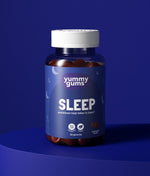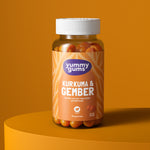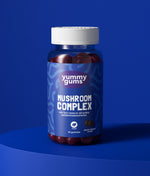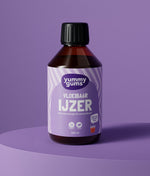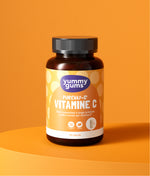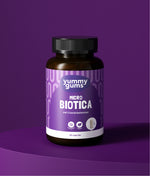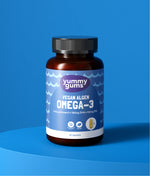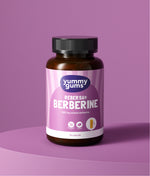What is Ashwaghanda and what does it do?
Vitamines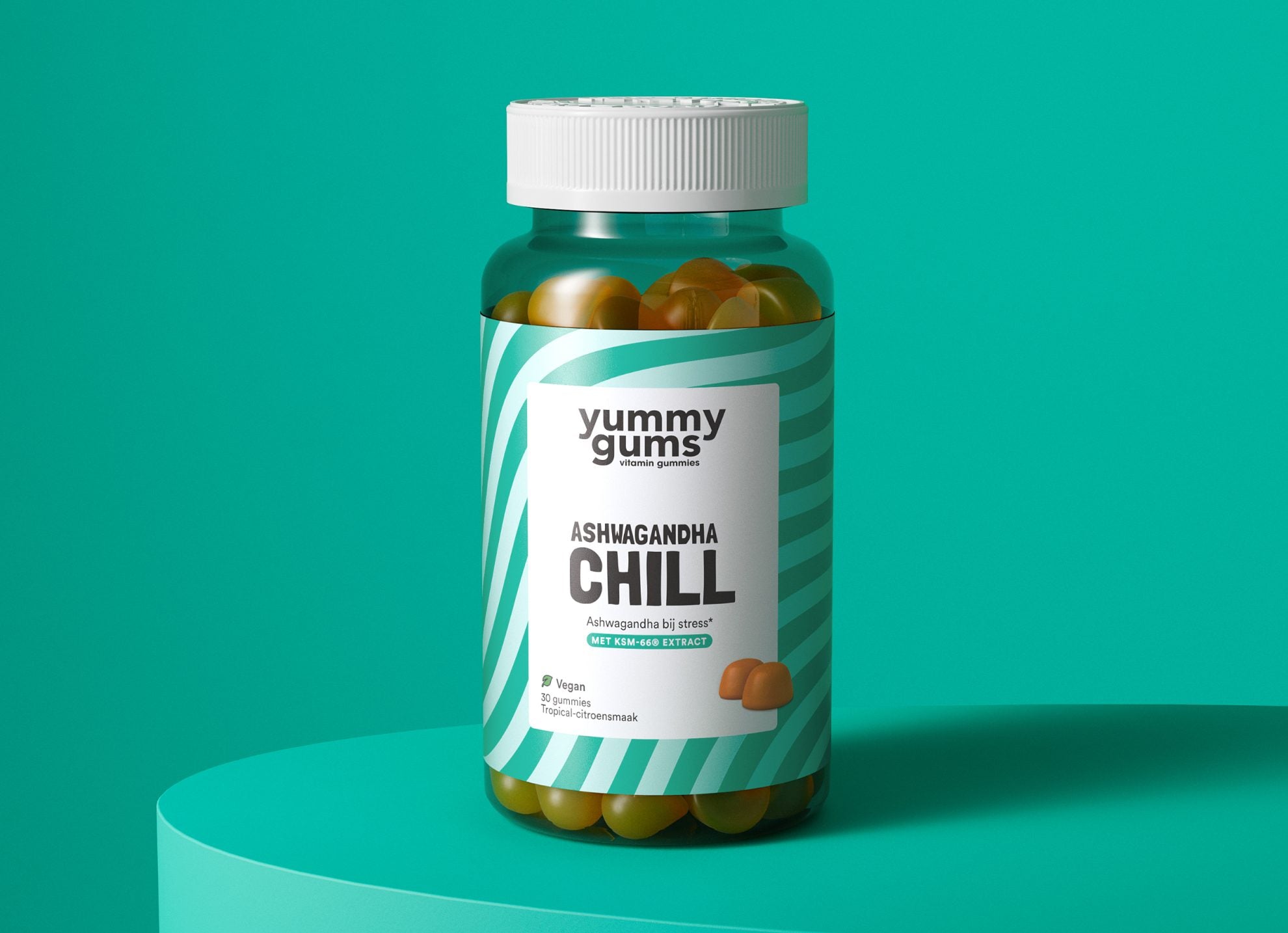
Have you ever heard of ashwagandha? This herb has been gaining popularity in the Western world in recent years. But it's certainly not a newcomer! In this blog post, we'll delve deeper into the history of this herb. What is it, what does it do, and why are we using it in our latest product?
Ashwagandha: the powerhouse from Ayurveda
Ayurveda is the ancient Indian system of medicine, considered one of the oldest in the world. Loosely translated, it means the science of life. Ayurveda believes that we and everything around us are made up of energies that can be balanced through lifestyle, exercise, diet, and music.
Ashwagandha is a herb (also known as Withania somnifera or Indian ginseng) that has been widely used in Ayurvedic tradition for thousands of years for its beneficial effects on the mind and body.
The active ingredients are extracted from the root or leaves of the Ashwagandha plant. The plant contains substances such as Withanolide and Withaferin A.
Withanolide is a flavonoid, also known as an antioxidant. This substance is also found in fruits and vegetables.
The leaves of the Ashwagandha plant also contain the substance Withaferine A. This substance has no positive effect on the body and can also affect the effectiveness of Withanolide.
Ashwagandha as a supplement
Ashwagandha is an adaptogen. These are herbs and other substances that help restore balance in the body, especially during periods of stress. The effects of ashwagandha are still being extensively researched in Western science, but the following claims may be made pending European approval*:
- Ashwagandha helps with stress*
- Ashwagandha helps relax the mind*
- Ashwagandha contributes to mental balance*
In addition, evidence for the following health effects is also being assessed by the European Commission: a beneficial effect on male fertility, for healthy airways and healthy skin, protection against the signs of aging and the cells against harmful external influences.
What forms can you find Ashwagandha in?
Ashwagandha is made from the root and/or leaves of the plant. These are dried and ground, forming a fine powder. Ashwagandha is therefore primarily found in the form of pills, powders, capsules, gummies, and extracts. It is also added to various foods, such as tea and coffee mixes.
There is, however, a difference between ashwagandha made from the roots and leaves and ashwagandha made from just the root. When the latter is the case, Ashwagandha KSM-66® is often used.
What is Ashwagandha KSM-66®?
Ashwagandha KSM-66® is a patented, highly concentrated, bioavailable extract worldwide, extracting the full spectrum of active ingredients from the root. Ashwagandha KSM-66® is GMO-free, meaning that no properties of bacteria, plants, or yeasts have been altered through genetic modification.
Is Ashwagandha Right for Me?
Ashwagandha is an herb that can be used by (almost) everyone. If you are taking medication, it's important to check with your doctor whether you can combine ashwagandha with it. For example, ashwagandha is not a good combination with antidepressants or thyroid medication. Use during pregnancy and breastfeeding is also not recommended.
How do I use Ashwagandha?
Not everything is known about the dosage of ashwagandha. Most supplements contain between 100 and 600 mg of extract per daily dose, which corresponds to 1-6 grams of root per day. This dosage has been established as safe, and studies are still ongoing to determine the maximum safe amount.
While you can generally take Ashwagandha at any time of day, it's often recommended to use it in the morning. This is because the results will be strongest during the day. Taking it in the evening is also possible. Ashwagandha is said to promote sleep, but there's no hard evidence for this yet, and this claim is still being investigated.
Are there any known side effects of Ashwagandha? And is it safe to use?
to use?
Research on ashwagandha is still ongoing, so little is known about its side effects. Side effects associated with high doses, such as drowsiness, diarrhea, and abdominal pain, are primarily reported. A few cases of liver damage after using ashwagandha products have been described in the literature. The Lareb also states: "Herbal products often contain multiple herbs. Sometimes the herbs can be mixed up or contain herbs not listed on the label. Sometimes the product can be contaminated. Therefore, it cannot be ruled out that the liver damage reported in the reports was caused by something else in the product."
What should I look for when buying an Ashwagandha supplement?
When purchasing a supplement, always carefully check the label first. Choose an extract high in withanolides and oligosaccharides for optimal effects. Also, when purchasing, pay attention to whether you are dealing with ashwaganda roots or leaves. The leaves contain a higher concentration of withaferin A. Due to the cytotoxic effects of withaferin A, caution is advised when taking it. The roots, on the other hand, have a lower concentration of withaferin A. An example of an extract that meets both criteria is KSM-66. Also, always be sure to inquire about any other herbs it contains and what their effects might be.
Are you taking medication? It's advisable to explore the combination of these with ashwagandha and consult your doctor.
New: Yummygums Ashwagandha Chill
Are you looking for a supplement that's both delicious and calming to help you cope with stressful situations? Yummygums Ashwagandha Chill are sugar-free gummies with ashwagandha, vitamins B6, and B12. They have a deliciously refreshing tropical lemon flavor and contain ashwagandha to help relax your mind* and vitamins B6 and B12 to contribute to mental balance. Yummygums Chill are vegan, free from allergens, artificial colors, and flavors. In short: Let's just chill with these refreshing gummies!
*Health claim pending European approval.










